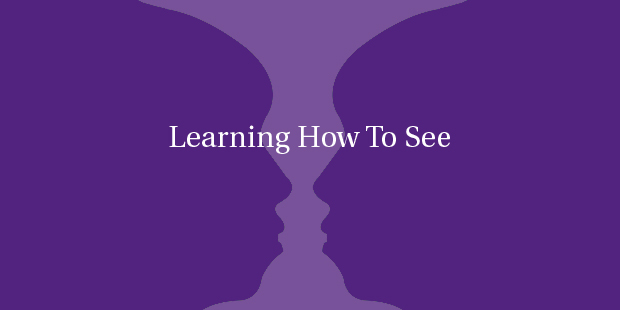
Learning How to See
If you want to make something new, start with understanding. Understanding what’s already present, and understanding the opportunities in what’s not. Most of all, understanding how it all fits together.
Watch the last two minutes of the classic film, 2001. Today’s technology would allow someone to make a short film like this with very little effort. But could you? The making isn’t the hard part, in fact. It’s the seeing.
Would you have the guts to go this slow? To use music this boldy? To combine iconography from three different centuries over two millenia?
Where is the explosion of the death star and where are the hackneyed tropes of a hundred or a thousand prior sci-fi movies?
Stanley Kubrick, the film’s director, saw. He saw images and stories that were available to anyone who chose to see them, but others averted their eyes, grabbed for the easy or the quick or the work that would satisfy the boss in closest proximity.
When everyone has the same Mac and the same internet, the difference between hackneyed graphic design and extraordinary graphic design is just one thing—the ability to see.
Seeing, despite the name, isn’t merely visual. I worked briefly with Arthur C. Clarke thirty years ago, and he saw, but he saw in words, and in concepts. The people who built the internet, the one you’re using right now, saw how circuits and simple computer code could be connected to build something new and bigger. Others had the same tools, but not the same vision.
And all around us, we’re surrounded by limits, by disasters (natural and otherwise) and by pessimism. Some people see in this opportunity and a chance to draw (with any sort of metaphorical pen) something. Others see in it a chance to hide, to settle and to sigh.
The same confidence and hubris that Kubrick and Clarke brought to their movie is available to anyone who decides to give more than they ‘should’ to a charity that has the audacity to change things. While others believe they can (and must) merely settle.
In our best possible future together, I hope we’ll do a better job of learning to see one another.
Some people see a struggling person and turn away. Others see a human being and work to open a door or lend a hand. There are possiblities all around us. Not just the clicks of recycling a tired cliche, but the opportunity to be brave. If we only had the guts.
Read more from Seth here.

Tags: Authentic Leadership, Leadership Development, Seth Godin












